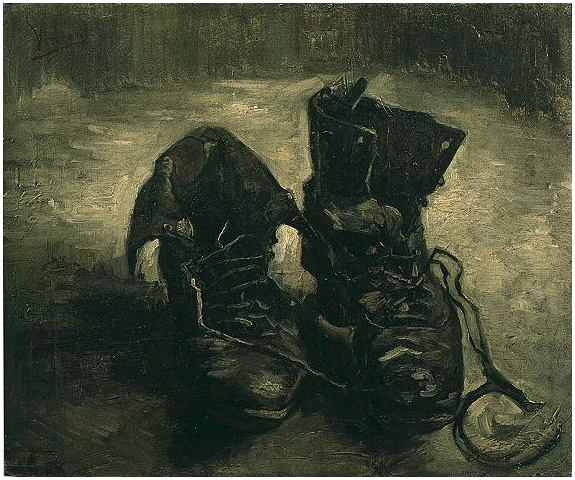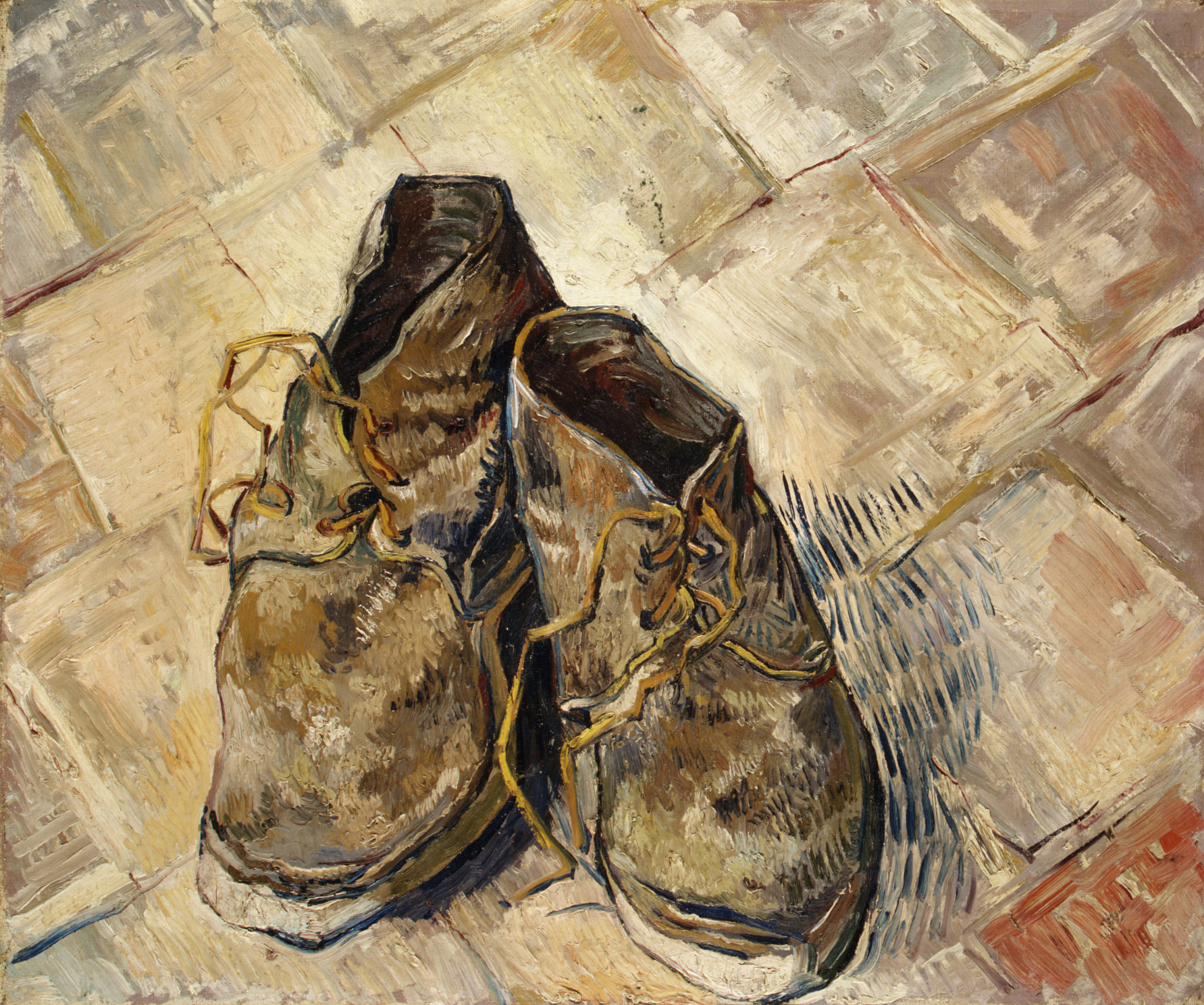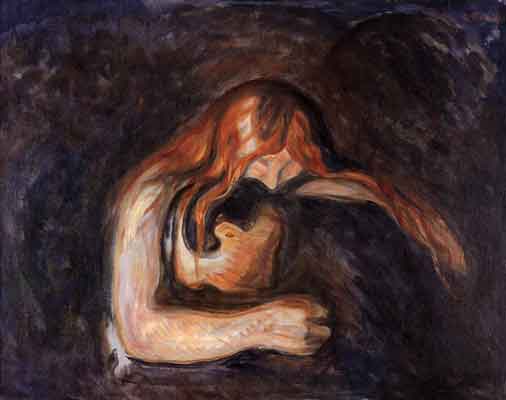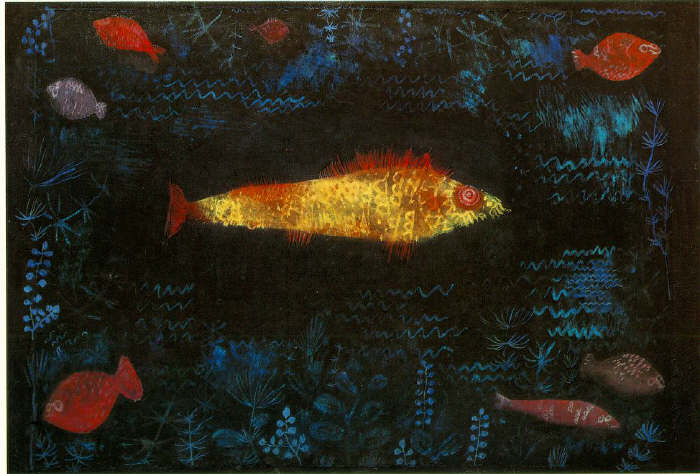Travelling amongst the sleepy hamlets of Tanjavur means stepping back in time. So full of cultural and religious history is it that you come across ancient temples virtually round every corner within this district for a radius of about 100 kms--there are literally thousands of them.While all of us hear of the famous and the grand Tanjavur Brihadeeswara temple or the Chidambaram temple, it is when you visit the more nondescript ones, tucked away in the remote rural countryside that you realise the import and extent of legend, myth, belief and ritual that make up the spiritual and religious ethos of this extraordinary district. One such is that in Konerirajapuram or Thirunallam of ancient times.
I had heard about the world's tallest bronze Nataraja--that can be seen within the precincts of this rather small, unassuming temple. Just outside the temple is a really large, beautiful tank--set amidst quiet, rural surroundings. In this picture below, you can see the entrance to the corridor leading up to the sanctum sanctorum--the ceiling is covered in colourful frescoes.


Apparently Sembiyan Mahadevi, the grandmother of Raja Raja Chola had endowed funds for the construction of the temple. The story goes that the raja then wished to install a tall bronze Nataraja--at least 6 ft tall and ordered the royal stapati (sculptor) to cast it. Try as he might the stapati could not go beyond 31/2 ft in height--it seemed an impossible task. Three times the raja rejected his attempt--the first was just 11/2 ft in height, the next 21/2 ft and third 31/2 ft. The stapati was in despair as the raja then threatened to behead him, and gave him a deadline for completion. Being an ardent devotee of Siva, all the stapati could do was pray as there remained just one more night, and he still could not fulfill the raja's order. During the course of that night (while he was in the throes of extreme anxiety and fear of what the morning would bring)--two Brahmins, a man and a woman came by his place and begged for some water to drink. This was unusual, since Brahmins would as a matter of rule never drink water offered by non-Brahmins.
The stapati, by now in a state of complete frustration, told them to leave--they could go and get water at the Brahmin Agraharam nearby. They refused and insisted that he should give them some water. Exclaiming impatiently, the stapati told the man and woman to drink up the molten metal he had prepared for the bronze cast! He watched in utter amazement as they both proceeded to do exactly that--within a few seconds, as they lifted the vessel and drank, where they had stood appeared two most beautiful statues, one of Nataraja, 6 ft tall and a smaller one of Sivakami! The stapati was overcome and could not trust his eyes; with joy and astonishment he realised that Siva and Parvati had themselves come to save him from his plight. In the morning the raja discovered the resplendent Nataraja statue, and by his side the most beautiful smiling Sivakami. He was incredulous when the stapati denied having cast these splendid bronzes, claiming that it was Siva himself--who had transformed himself as the statue.

Lifting his sword in disbelief and anger, the raja struck a wild blow which hit the upraised foot--at once drops of blood spurted out and where they fell on the raja's body, he developed leprous wounds. The raja, realising his horrendous error, then undertook penance and performed special abhishekams to Vaidyanathaswamy, who is worshipped as the lingam here in the outer prakaram, and was finally cured. This deity has now a reputation for its power of healing.
Till today, you can see the mark where the sword cut the foot of the statue. This Swayambu Nataraja is kept in its own separate alcove, exuding sheer joy and grace, along with his consort. In the next alcove can be seen the first three bronzes of smaller size that were cast initially. I must not forget to point out some of the beautiful frescoes found on the walls and ceiling of the temple; these are made of organic dye taken from leaves and herbs in the area.You can see in the photo, they still retain astonishing colour and vibrancy, in spite of the lack of good care and of course they reveal degradation due to weather and age.The third of the frescoes shown below is particularly interesting, for it shows a British officer who is offering prayers to Vaidyanathaswamy in gratitude, for he too was cured of leprosy after praying here.
The last shows a gypsy and his wife. Or perhaps not. I wonder if this represents Siva himself as the Hunter, with hounds at his feet? What do you think?




















































